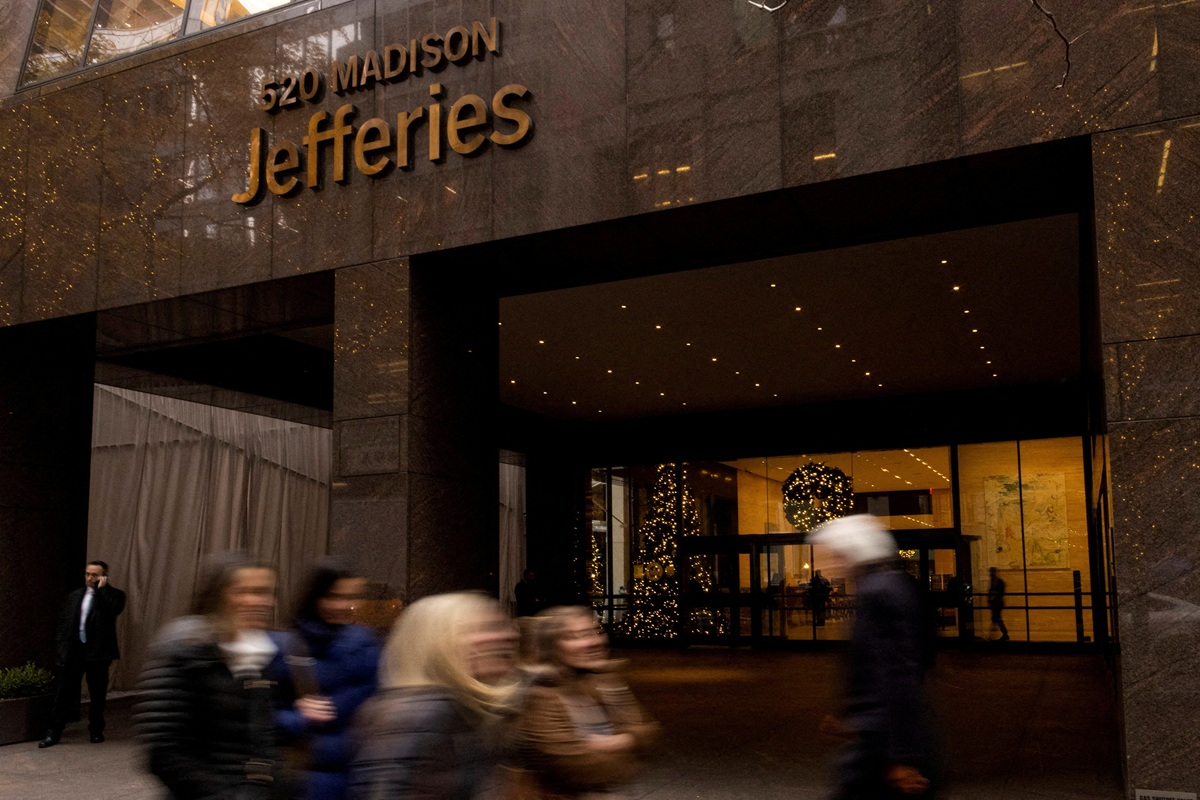Bitcoin recent sharp decline, have forced investors to pull out their resources from the crypto asset, redirecting it toward gold, according to multiple market reports.
The leading cryptocurrency declined more than 5% to around $105,105 on Friday, extending its losses to roughly 13% below its October 6 peak of nearly $126,000. The crypto asset saw a slight pull back to trade to $106,917 at the time of writing.
Analysts attributed the selloff to heavy crypto liquidations, which added significant pressure to the market. While Bitcoin continued on its downward trajectory, gold surged to new record highs. Spot gold prices climbed above $4,300 an ounce, reaching a session peak near $4,312, while U.S. futures briefly touched $4,328.70. The rally reflected a strong shift toward traditional safe-haven assets as investors weighed mounting economic uncertainties and geopolitical tensions. Reports indicated that gold is on pace for its biggest weekly gain since 2008.
Several factors fueled this week’s contrasting trends. Forced selling in the crypto derivatives market amplified downward moves, with one report estimating $1.23 billion in liquidations over a 24-hour period. Of that, $453 million came from Bitcoin positions and $277 million from Ethereum. Simultaneously, renewed concerns over regional U.S. banks and uncertainty surrounding future interest rate decisions strengthened demand for gold.
Exchange-traded funds also played a crucial role. Gold ETFs experienced robust inflows, with some funds reaching long-term holding highs as investors sought security. In contrast, spot Bitcoin ETFssaw net outflows in parts of the week, signaling a clear rotation from digital to traditional assets. Analysts observed that during times of financial stress, the liquidity and behavioral differences between gold and cryptocurrencies become more apparent.
The week’s events reignited the long-standing debate over whether Bitcoin truly serves as “digital gold.” Critics noted that Bitcoin’s volatility and tendency to decline alongside other risk assets during market selloffs undermine its role as a reliable store of value.
Gold advocate Peter Schiff stated on X that “Gold is eating Bitcoin’s lunch”, claiming that Bitcoin is “down 32% priced in gold since its August high.” He further argues that a “brutal” bear market for Bitcoin is imminent.
However, amid BTC massive decline, several others have pointed out that the crypto asset has still provided strong returns for certain investors throughout the year, even if it fails to match gold’s resilience in times of crisis.
Crypto analyst and Investor Miles Duetscher, believes that Bitcoin has superseded Gold to become a far superior asset for purchase
He made this statement in response to a post on X that stated that Gold has been very much outperforming Bitcoin since the start of March. He replied, “BTC is a much better buy than Gold now”.
While the speed of gold’s rise is remarkable, Deutscher argues that Bitcoin presents a more asymmetric opportunity moving forward. He suggests that much of gold’s upside may already be priced in after this year’s extraordinary performance.
The crypto market has failed to sustain the initial “Uptober” hype as prices of leading cryptocurrencies, especially Bitcoin, have returned to levels not seen in months, with bearish sentiments increasingly intensifying. While Bitcoin has continued to plunge deeper, renowned crypto market prediction platform Polymarket has disclosed data showing a 52% chance that Bitcoin will fall below $100,000 this month.
Despite the discouraging price trend, institutional investors like Michael Saylor’s Strategy have not given up on their aggressive Bitcoin accumulation. Although the firm appears to be exercising caution, it has continued its weekly accumulation but has significantly reduced the volume of its purchases amid the declining price trend.
Outlook
Market attention now turns to the Federal Reserve and the outlook for U.S. banks. Should expectations for rate cuts strengthen, gold may continue its upward momentum. Conversely, if risk appetite returns, some of the capital currently parked in gold could flow back into cryptocurrencies.






